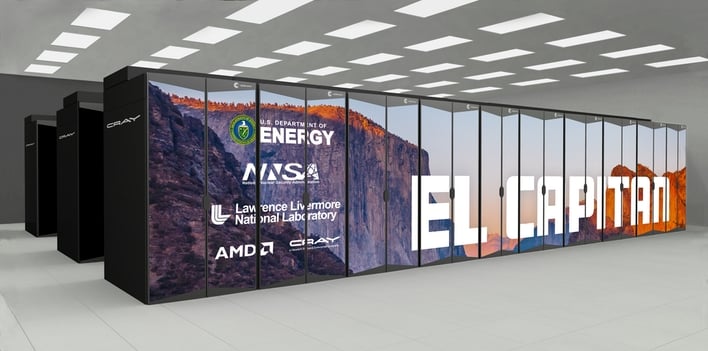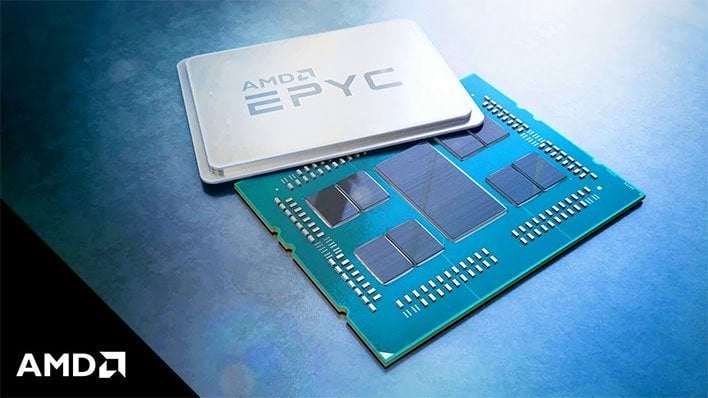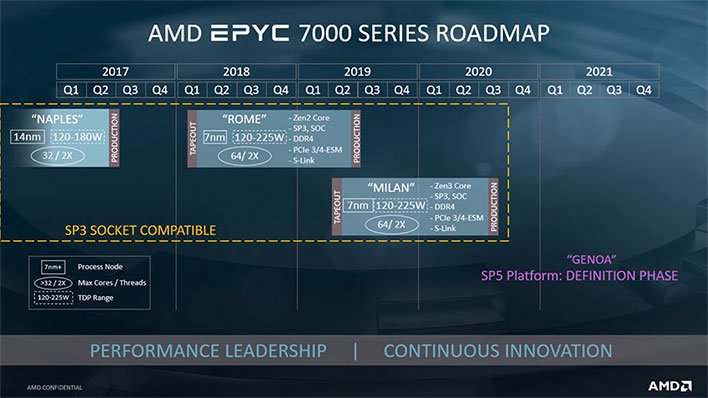AMD 5nm Zen 4 EPYC CPUs And Radeon Instinct GPUs To Power El Capitan Supercomputer

According to AMD, its next-generation Radeon Instinct GPU accelerators will be deployed featuring advanced high bandwidth memory (HBM). The company will also be using third-generation Infinity Fabric Architecture that provides a high-bandwidth, low-latency interconnect to string together four Radeon Instinct GPUs with a single EPYC processor (per node).

And that's where the powerhouse hardware comes into play: El Capitan won't be using next-generation Milan-based Zen 3 processors (EPYC 7003). Instead, it will be using Zen 4-based Genoa processors (EPYC 7004) that should be commercially available a little over a year from now.
We don't know much about EPYC 7004 at this point other than the fact that it will be built on TSMC's 5nm process. Forrest Norrod, AMD's General Manager for the Datacenter and Embedded Solutions Business Group, stated in November that EPYC 7003 would be deliver a performance uplift "right in line with what you would expect from an entirely new architecture" -- and that's using a refined 7nm process node. Genoa will have the advantage of a new architecture and a smaller 5nm process node to continue AMD's mission to "drive significant IPC gains each generation."
And while EPYC 7003 will hold the line on core counts, topping out at 64 cores and 128 threads -- the same as EPYC 7002 -- that could change with EYPC 7004. "There's a number of application areas that just continue to benefit from increasing core counts and increasing compute density," Norrod added back in November. So, these EPYC 7004 processors that are going into El Capitan could see their core counts doubled again, taking us potentially to a maximum of 128 cores and 256 threads.
Whatever the case, El Capitan will be bringing some serious computing power to the table thanks to AMD hardware in order to allow the National Nuclear Security Administration to ensure the "safety, security and reliability of the nation’s nuclear stockpile."
“This unprecedented computing capability, powered by advanced CPU and GPU technology from AMD, will sustain America’s position on the global stage in high performance computing and provide an observable example of the commitment of the country to maintaining an unparalleled nuclear deterrent,” said LLNL Lab Director Bill Goldstein. “Today’s news provides a prime example of how government and industry can work together for the benefit of the entire nation.”
AMD says that LLNL’s El Capitan will be operational in early 2023.


